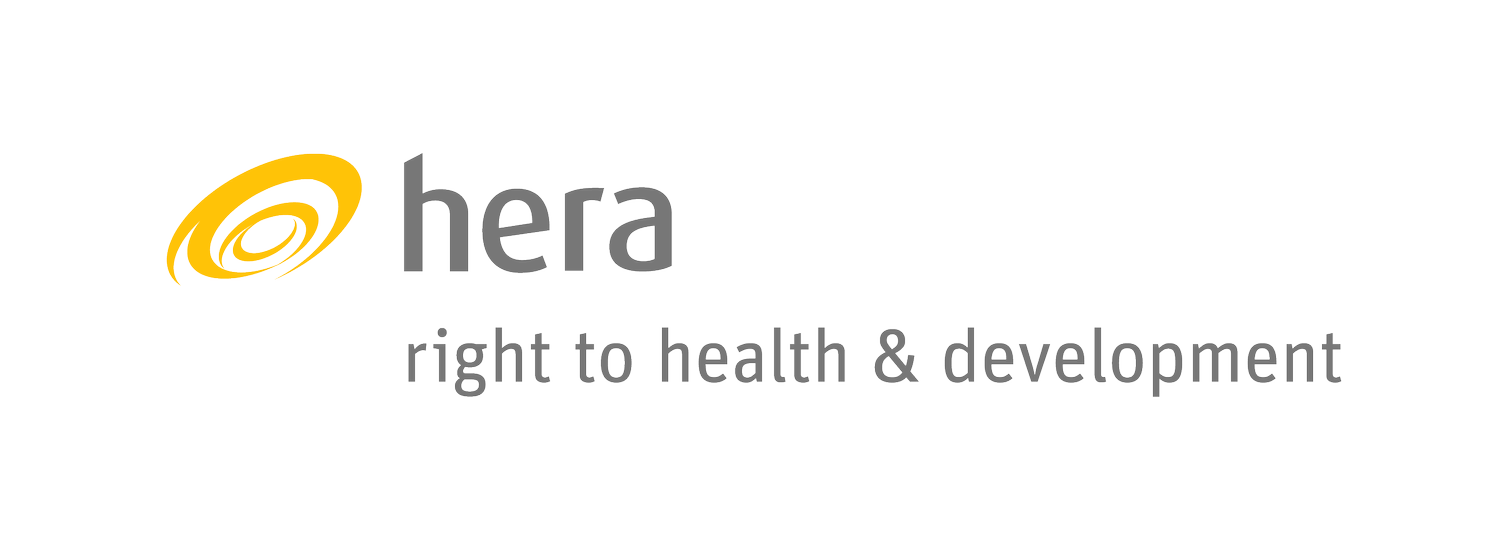Developing a monitoring framework for Universal Health Coverage in the WHO African Region
The target for the UN sustainable development goal 3.8 (SDG) is to ‘achieve universal health coverage (UHC), including financial risk protection, access to quality essential health-care services and access to safe, effective, quality and affordable essential medicines and vaccines for all.’ It is a global target endorsed by the governments of UN member states in the resolution of the UN General Assembly.
In 2015 hera was contracted by the WHO Regional Office for Africa (WHO AFRO) to provide an assessment of the status of UHC determinants including the status of progress on the 2008 Ouagadougou and Algiers Declarations. Under guidance of a reference group of WHO AFRO, hera in cooperation with the Centre Muraz in Bobo Dioulasso and the Great Lakes University of Kisumu, developed a framework for monitoring UHC in the WHO African Region as well as a baseline assessment for 2016 based on published population surveys and UN estimates. The lead consultant was Josef Decosas of hera.
Initially in the development of the framework data on 54 indicators in four categories were collected. The data were reviewed and validated by WHO Country Offices in 40 of the 47 member countries. In the meantime, the Inter-Agency and Expert Group on Sustainable Development Goal Indicators (IAEG-SDG) developed the final list of SDG indicators. For the UHC goal 3.8, the indicators were:
3.8.1. Coverage of essential health services (defined as the average coverage of essential services based on tracer interventions that include reproductive, maternal, new-born and child health, infectious diseases, non-communicable diseases and service capacity and access, among the general and the most disadvantaged population); and
3.8.2. Proportion of the population with large household expenditures on health as a share of total household expenditure
While a final agreement on global SDG indicators was still under discussion, WHO AFRO and the partners under hera leadership developed a proposed regional framework to align with the recommendations of the IAEG-SDG. By applying this framework, an overview of the baseline status of UHC in the African Region was prepared by hera and presented to the WHO AFRO regional office in November 2017.
In consultation with WHO, 14 tracer indicators were selected for service coverage. When data were available, coverage indicators were adjusted using a social equity index. The indicators and the method of calculation was closely aligned with the emerging global indicator framework, however with some differences based on data availability and relevance to the continent. Data for service coverage of non-communicable diseases were scarce, and only available in some of the countries. The baseline nevertheless provides a plausible snapshot of the progress of countries in the region towards delivering essential services in an equitable manner while striving to achieve universal coverage. With further improvements of national health information systems, it will be possible to close data gaps and improve the timeliness of data and thereby the validity of the framework.
Insufficient timely data for the financial protection indicator were available. As a proxy metric, the framework therefore used the WHO estimates of proportion of total health expenditure paid out of pocket.
A scatter plot of 47 countries comparing the calculated service coverage indices with the financial risk protection indicators shows that there are eight countries in the region that at baseline are already well on their way towards providing a high level of service coverage. Although the commitment to UHC is global, the imperative for action to achieve UHC is at the country level. UN Member States will need to translate the commitments into feasible policies, systems, strategies, plans and actions to achieve UHC as defined in the national context with reference to the global commitment. To assure the accountability of governments, both for their UN commitments and to the citizens on whose behalf they made these commitments, UN Member States will have to monitor the implementation of UHC.
This will require the development of country monitoring frameworks based on national goals, priorities and targets. In this context, regional monitoring of UHC can serve a dual purpose. The review of data availability and the status of achievement of UHC indicator targets in the 47 countries in the WHO African Region contributes to global monitoring, assuring that regional issues are taken into consideration in the application of the global framework. In addition, it serves as a guide and an incentive for the development of national targets and monitoring systems. It thereby provides a link between the national and the global level, without creating a layer of duplication.
For more information on this WHO/hera collaboration and the framework for monitoring UHC in the WHO African Region, you can download the slide presentation provided to WHO AFRO by Josef Decosas in November 2017



